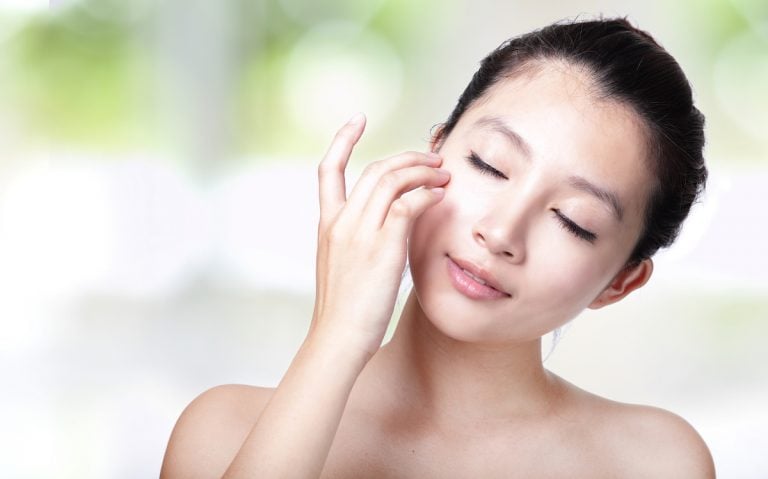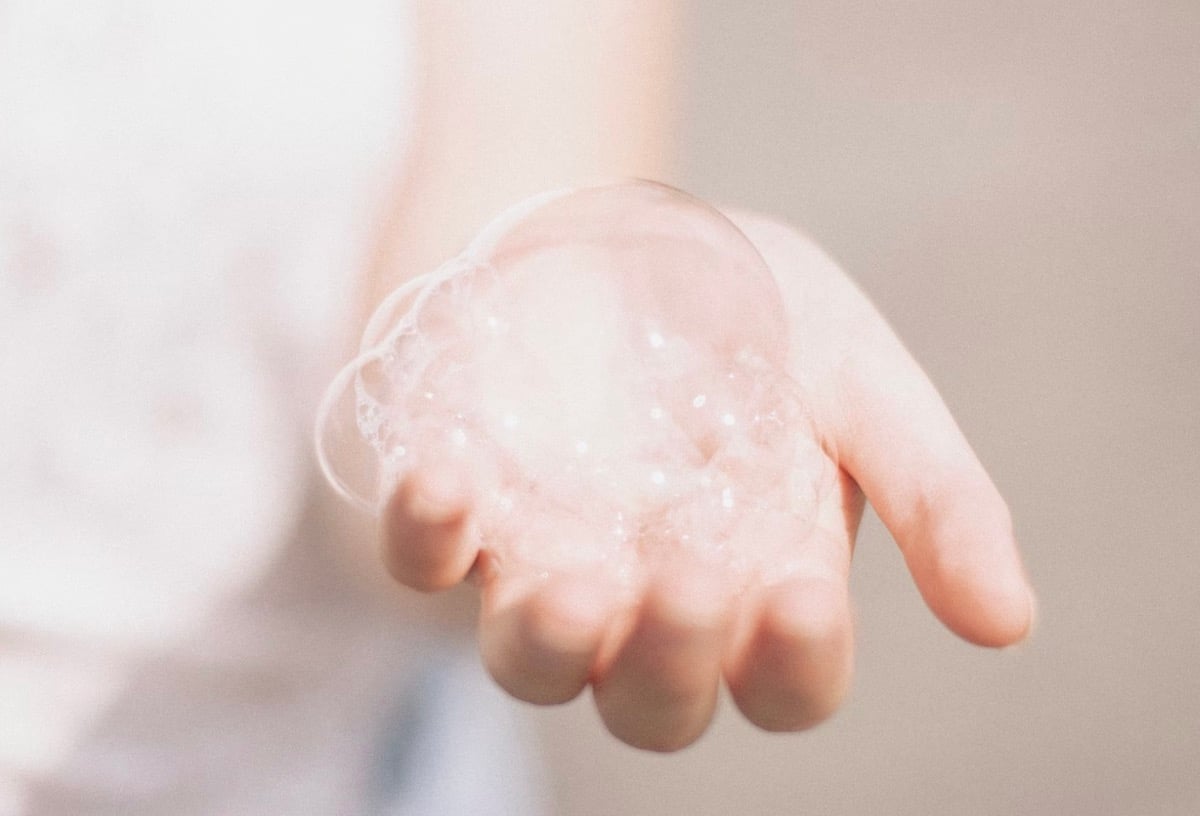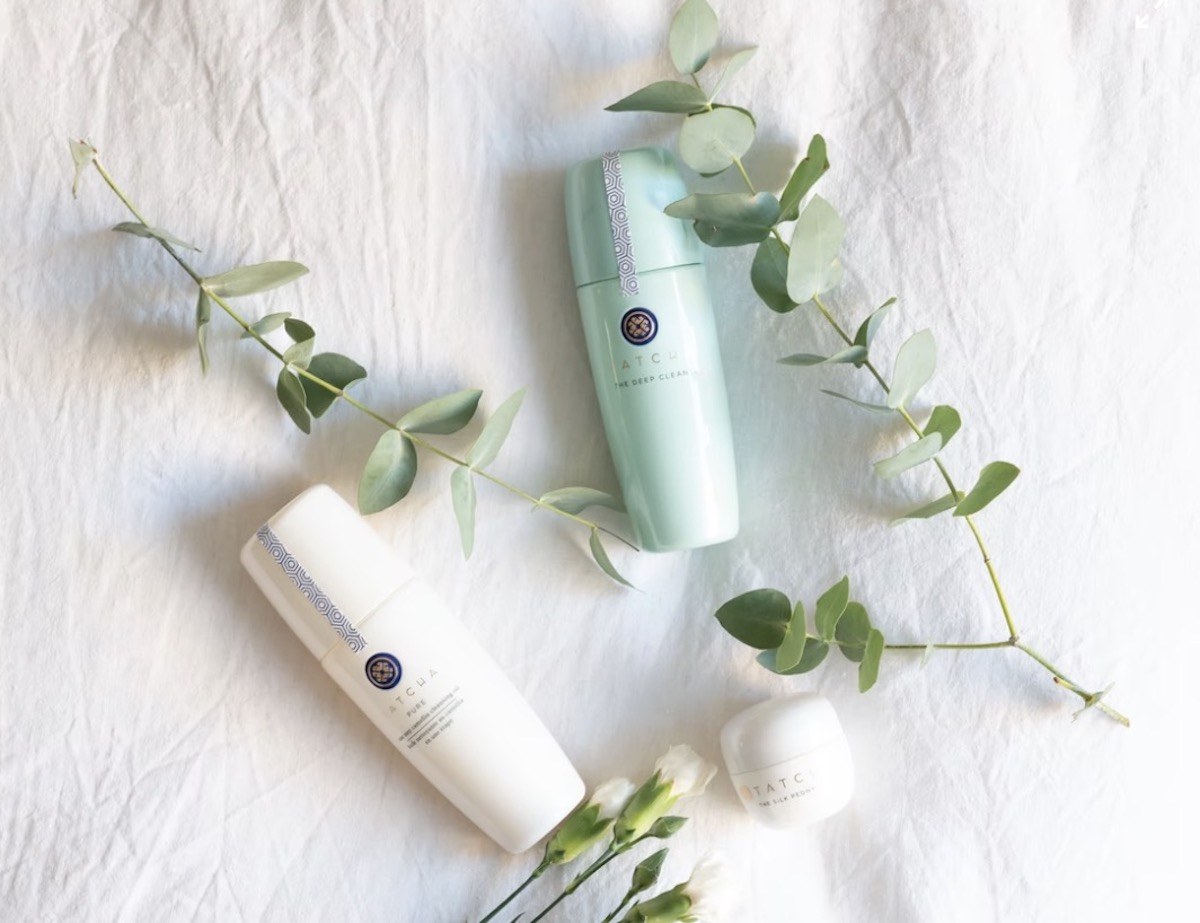
Poreless and porcelain-like, these two words describe Japanese skin. While genetics plays a part in their skin complexion, the rest is up to the commitment to a rigorous skincare regimen. Even though the country releases a new skincare product every month worth trying, there’s so much more to skincare than what goes on the surface. With a couple of tweaks to your routine, you too can achieve healthy skin that keeps signs of aging at bay.
It’s all about double cleansing
You had a long day, and all you want to do is just get on the bed for some rest. However, you can’t sleep just yet. With or without makeup, cleansing is vital in a Japanese skincare routine. And you have to do it twice.
You start with an oil-based cleanser like DHC’s Pore Cleansing Oil. Even if you have oily or acne-prone skin, Japanese products are gentle and usually non-comedogenic, so they don’t trigger more sebum production or leave an oily residue. They also don’t strip dry skin of valuable oils. If you prefer a different base for the crucial step, you can opt for micellar cleansers like Koh Gen Do’s Cleansing Spa Water.
The first cleanse is all about removing impurities like air pollution, dirt, makeup, and other elements that may have landed on the face during the day. The next cleanse is for prepping. You use a gentle cleanser of choice, like Senka’s Perfect Whip for a foaming option or Bioré’s Ouchi De Este Facial Massaging Gel for a gel-based product.
Once you’ve prepped the skin, it’s now ready to fully embrace the nutrients, moisture, hydration, and anti-aging ingredients that come from your toners, serums, creams, and other topical products.

Assist your cleansing with a facial scrub
Walk through the skincare aisle of any Japanese store, and you will find bottles paired with scrubs and brushes. Yes, you can use your fingers but complementing your cleansing with a brush with micro-thin bristles helps you get inside each pore to pull out dirt while you wash.
You can opt for manual brushes or go for electronic ones like MiroPure’s Electric Sonic Face Washing Brush with interchangeable scrubbing heads that gently scrub and massage the face for an invigorating effect.
Protection from the sun is a must
Although a bit of vitamin D is good for one’s mood and health, too much and at the wrong time can lead to significant skin damage. Powerful sun rays, especially during Japan’s scorching summer heat, can melt the melanin on the outer layer of the skin.
It’s melanin that protects the skin from the sun’s ultraviolet rays which reduces the skin’s natural elasticity, thus speeding up premature aging. Some of the best sunscreen to try out are Bioré’s Water Essence for oily skin, Skin Aqua’s Sarafit Moisture Milk for dry skin, and Curel’s UV Milk for sensitive skin. If you prefer a spray-type sunblock, check out Anessa’s Perfect UV Skin Care Sunscreen.

It’s more than topical products
A balanced diet is key to having radiant skin. We are what we eat, after all. There’s a reason why natto and miso are staples in every Japanese home – they’re great for the intestines and reduces too much melanin production resulting in dark spots. On top of water, many drink green tea and mugicha (barley tea) regularly for their dose of antioxidants and vitamins A and C.
And even though there are fast-food chains in Japan like McDonald’s, Dominos, and Wendy’s, the Japanese also have easy access to more traditional, freshly-made food at restaurants at every corner. You can even find salads and hearty meals at convenience stores. There are also fresh ingredients at supermarkets. These make it easy for the population to have balanced meals outside or at home.
Two hours in a bathtub? Absolutely. This is another secret to flawless skin. The Japanese treat a hot bath like a religion. You can even find some bathrooms with a built-in TV to pass the time while your pores open up with the steam. Sweating in the bathtub also means you release toxins from the body. You can take things up a notch and throw some bath bombs or bath salts, also readily available, for a therapeutic effect.
Give the Japanese skincare routine a try
Ready to give the Japanese skincare routine a go? Unlike the Korean skincare regimen with 10-14 steps, the Japanese version is a bit more simplified with seven steps. As explained earlier, steps one and two involve cleansing. Once done, you can include exfoliation before the next step to remove remaining dead skin cells. You only need to exfoliate two to three times a week, though.
The third step is applying a toner to balance your skin’s pH and prep it for the following products. You then apply an essence, which is somewhere in between a toner and a serum (the next step). Essences often tackle general skin problems like dry skin or redness. On the other hand, serums are all about focused skin healing and rejuvenation, such as dark spots and fine lines.
The last two steps are eye cream and moisturizer. You can also use a face mask before the last step. By then, your skin has gotten its fill in nourishment, equipping it with the right minerals to tackle aging and other conditions. On top of topical products, you can assist the absorption process with face massagers or rollers to really get the formula under the skin.
If you don’t have the time to complete all ten steps, a quick hack would be Steps 1, 2, 3, and 10. However, commitment to the complete regimen does give you the benefit of achieving and maintaining radiant skin, so it’s highly advised to stick to it!
Now that you know the secrets to perfect Japanese skin, you can apply some of the habits mentioned above and see the skin improvements for yourself.















